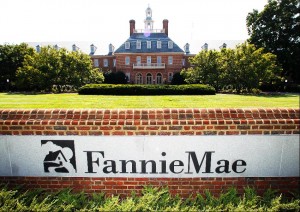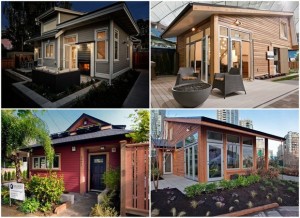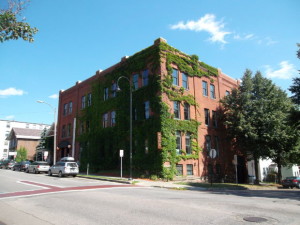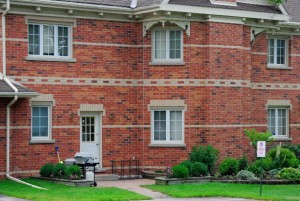Rising income inequality has become a major public concern over the last few years. What some of us may not realize, though, is that zoning is one of the likely culprits.
Yes, zoning and other land-use restrictions can contribute to housing unaffordability, but also — by extension — to income inequality and diminishing productivity.
That’s the argument that Jason Furman, chairman of the president’s Council of Economic Advisors, brought to the Urban Institute in an address last month. His remarks had scholarly underpinnings, in the form of charts and footnotes.
Here’s a compressed version of what he said: Income inequality has increased over the last several decades, as have land-use restrictions in the more productive metropolitan areas. Meanwhile, labor mobility has declined — workers are less likely to switch jobs and move around the country for higher pay — and so have annual increases in productivity. The drop in mobility ( or “fluidity”) is not well understood, but one cause appears to be the high cost of housing in high-wage, productive cities (such as Boston or San Francisco) that many would-be employees can’t afford to move to.
“Zoning and other land-use restrictions, by restricting the supply of housing and so increasing its cost, may make it difficult for individuals to move to areas with better-paying jobs and higher-quality schools,” he said. (He acknowledged that some land-use restrictions can be beneficial, but that some can be harmfully excessive, in such forms as minimum lot sizes, off-street parking requirements, height limits, prohibitions on multifamily housing, and lengthy permitting processes.)
Hampered mobility diminishes economic growth, he said, citing the same recent study we referred to in a recent post.
Generally speaking, Furman said, zoning restrictions tend to favor well-to-do property owners, who defend these restrictions so as to safeguard their assets. Stringent zoning reduces housing supply, maintains high prices, reinforces wealthy enclaves, and effectively repels people of moderate or low income. The restrictiveness of land-use regulations correlates with the gap between construction costs and house prices — the bigger the gap, the more land costs figure into the those higher prices.
“The timing of tighter land use regulations may not have been a coincidence,” Furman said. “After a turbulent decade of the 1960s in the United States that saw racial tensions flare, with rioting in many urban areas around the country that damaged or destroyed both residential and commercial structures, thousands of high income, predominantly white families moved out of many cities, spurring the continued rise of racially and socioeconomically homogeneous communities. These communities were also strictly zoned, a choice which may very well have been a part of a conscious or unconscious attempt to maintain this homogeneity through the affordability channel.”
Nowadays, there’s an increased demand for multi-family housing, but this form of housing tends to be heavily regulated, he said, and one of the nation’s challenges is to reduce regulatory barriers to increasing the supply of this housing option. In fact, the Obama administration is promoting an initiative (the Multi-family Risk Sharing Mortgage) to shore up the “limited supply of credit” for multifamily developments.
What’s more, Obama’s FY16 budget includes $300 million for Local Housing Policy Grants — a competitive program, he said, designed to provide funds “to those localities and regional coalitions” that support “new zoning and land use regulations to create an expanded, more flexible and diverse housing supply.”
Hmm, any interest in Vermont?
 It’s called “Renew,” and it was first employed in the decaying Australian city of Newcastle several years ago — with notable success.
It’s called “Renew,” and it was first employed in the decaying Australian city of Newcastle several years ago — with notable success. In other words, let them dress the places up and draw people in… until the spaces are commercially leased, at which point the artisans have 30 days to vacate. A nonprofit organization facilitates these pop-ups.
In other words, let them dress the places up and draw people in… until the spaces are commercially leased, at which point the artisans have 30 days to vacate. A nonprofit organization facilitates these pop-ups.

















